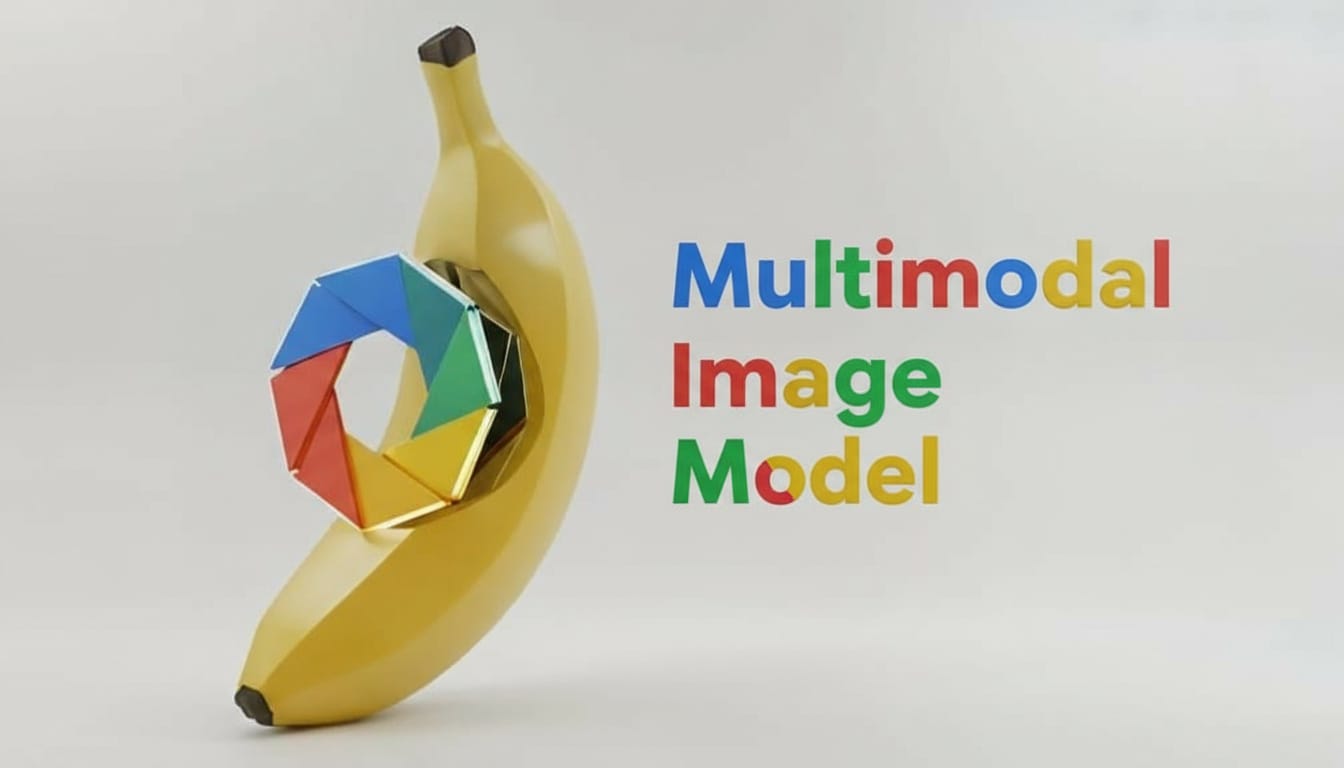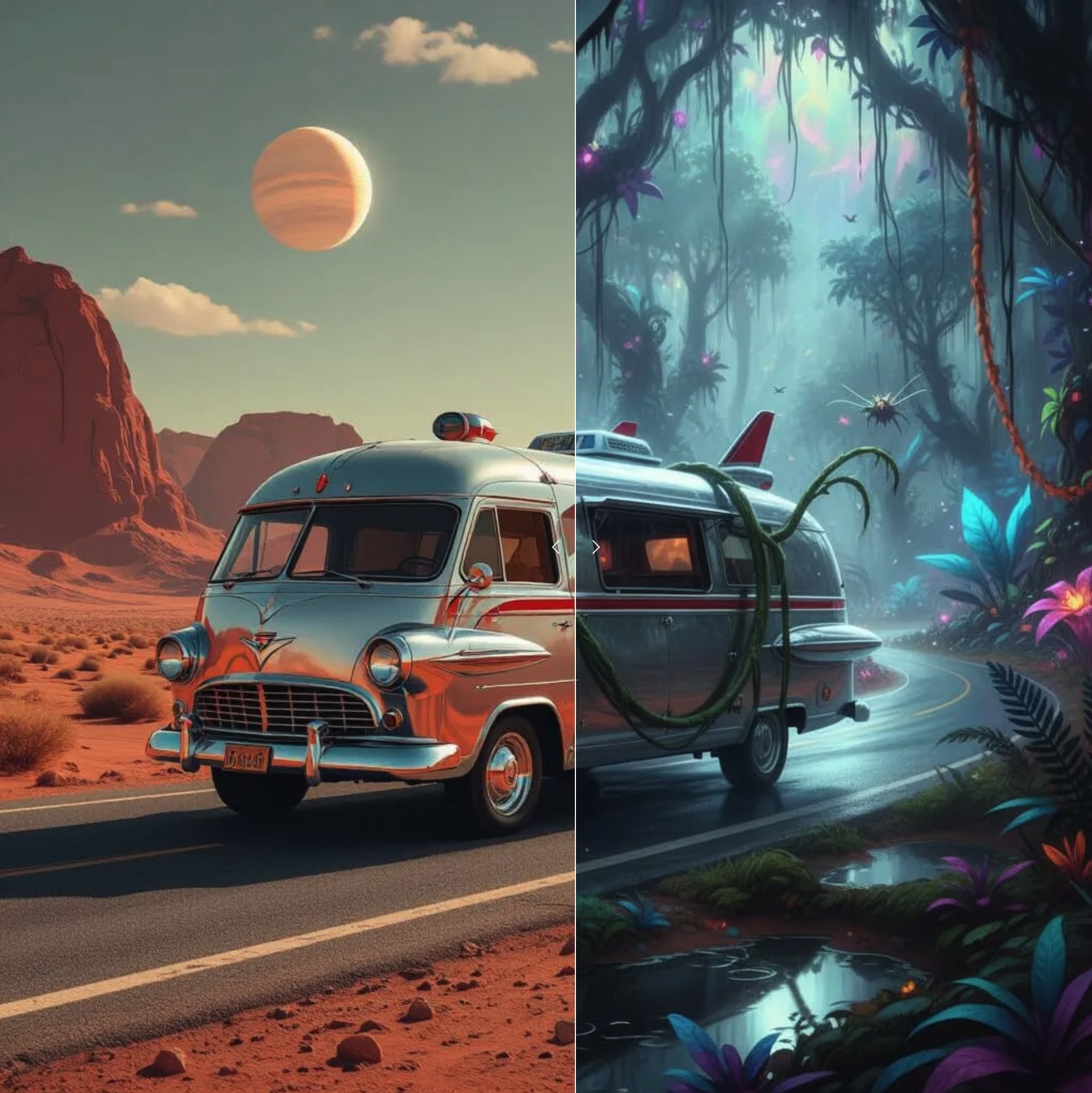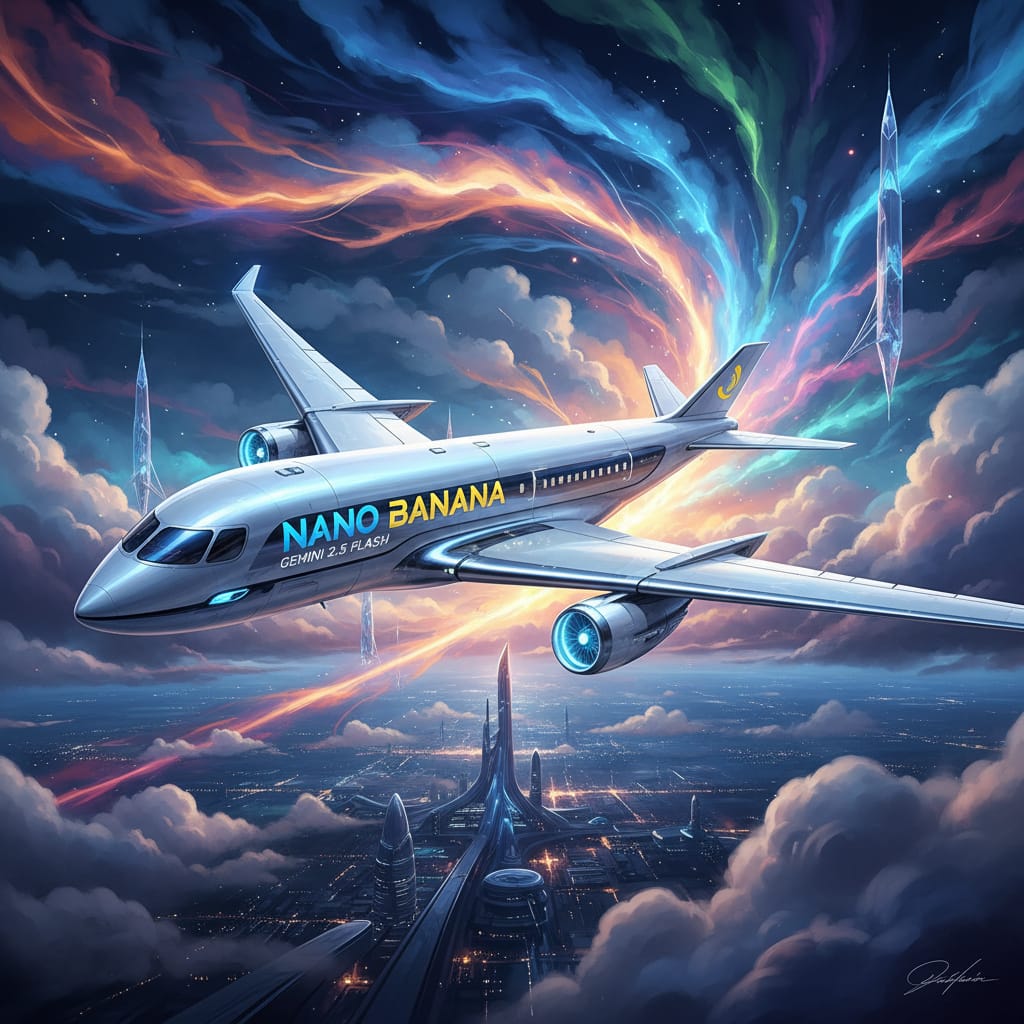What is Nano Banana?

TL;DR: Nano Banana is Google/DeepMind's internal codename for Gemini 2.5 Flash Image - a state-of-the-art image generation + editing model designed for fast, conversational edits, multi-image fusion, strong character/identity consistency, and legible text rendering. It also uses visible and invisible watermarking for provenance.
Table of contents
- What exactly is Nano Banana?
- Core capabilities
- Where to use it
- Pricing & limits
- Safety, watermarking & policy notes
- How to use it - quick start
- Best-practice prompts (and ready-to-use image prompts)
- Nano Banana vs popular alternatives
- FAQs & troubleshooting
- Further reading
What exactly is Nano Banana?
"Nano Banana" is the playful, internal codename Google used while testing its new image model on public leaderboards. Google has since tied the codename to Gemini 2.5 Flash Image, and features have been rolled into the Gemini app for consumers and Gemini API / Vertex AI for developers. The model drew attention for identity-preserving edits, multi-turn (conversational) workflows, and low-latency generation.
Core capabilities
Text-to-Image generation

Generate high-quality images directly from natural language prompts. Nano Banana is tuned for strong instruction adherence, so specific art directions, camera terms, and layout constraints are followed more reliably than many peers.
From photorealism to editorial illustration, prompts that specify subject, scene, composition, and lighting tend to translate cleanly into final frames.
Image-to-Image editing with identity consistency


Edit existing photos while preserving identity cues such as facial structure, skin tone, hair color, and distinctive features. This makes it well-suited for portrait touch-ups, product revisions, and brand imagery where the subject must remain the same.
Common edits include background swaps, wardrobe tweaks, lighting changes, and object removal - all while keeping the person, pet, or product recognizably consistent.
Multi-image fusion and style transfer


Blend multiple references to compose a single scene or restyle a target image using a source aesthetic. The model can borrow palette, materials, and brushwork from one image and apply it to another without losing structure.
This capability enables mood-matching for campaigns, product hero shots with realistic environments, and fast iteration on art direction.
Iterative, conversational refinement

Work in multi-turn loops: ask for adjustments like "wider shot," "warmer light," or "keep the same face, add a skyline." Edits can build on prior context so you don't need to start from scratch each time.
This conversational workflow shortens the distance between idea and result, especially for non-experts who prefer plain-language feedback over parameter tuning.
High-fidelity text rendering

Produce legible, accurately spelled typography for posters, mockups, and UI comps. The model is notably better at letter-level fidelity, kerning stability, and avoiding artefacts that commonly plague text-in-image tasks.
You can specify exact wording, hierarchy, and rough layout zones to guide type placement within the frame.
Interleaved outputs
In enterprise tooling, Nano Banana can return text and images in one flow. This supports multi-step pipelines where the model explains changes, proposes variants, and emits creatives together.
Low-latency "Flash" behavior
Designed for rapid creative loops, responses are optimized for speed without sacrificing instruction adherence. This is particularly helpful when experimenting with many small tweaks or reviewing options live with stakeholders.
Where to use it
When you want to actually use Nano Banana (Gemini 2.5 Flash Image), start here:
- NightCafe (best platform for hobbyists) - Fast, no-setup way to try Nano Banana with friendly tools and community features: NightCafe Nano Banana
- Gemini app (consumer) - Generate and edit directly in the Gemini app (web/mobile).
- Google AI Studio (developers) - Explore in the browser and grab code samples.
- Gemini API - Programmatic access for apps and workflows.
- Vertex AI (enterprise) - Governed deployments; interleaved text+image responses.
- Adobe Firefly / Adobe Express - Creation/editing inside Adobe's tools.
Pricing & limits
- Gemini API & Vertex AI generally use token-based billing. Availability and pricing may change while in preview.
- Gemini app offers a mix of free access (with limits) and paid tiers.
- NightCafe has its own generous free tier and paid upgrades to suit higher-volume use.
Tip: Check each platform's pricing/quotas before budgeting for production workloads.
Safety, watermarking & policy notes
- Images generated through Google's stack include visible labels and an invisible SynthID watermark to support provenance.
- Safety settings can be tuned in APIs; consumer apps may have additional guardrails.
- Use responsibly. Follow platform terms and relevant laws, especially around identity, IP, and sensitive content.
How to use it - quick start
Non-developers - NightCafe
- Open NightCafe Nano Banana.
- Enter a clear prompt or upload a reference image.
- Iterate conversationally: "keep the same face," "make the jacket navy," "warmer light," "wider shot," etc.
Non-developers - Gemini app
- Open the Gemini app (web/mobile).
- Prompt or upload a photo; request specific edits.
- Refine in multi-turn steps until it's right.
Developers - Google AI Studio
- Open AI Studio, choose Image generation, select Gemini 2.5 Flash Image, and copy the code snippet for your language.
Developers - Vertex AI
- In Vertex AI Studio, choose
gemini-2.5-flash-image-preview(or current image model) and generate interleaved images + text. Use the Python/REST docs for production.
How to prompt Nano Banana
Prompting tips (quick):
- Be explicit about what must stay the same ("keep the same face/freckles," "preserve the product label").
- Use reference images for style/identity; specify camera, lens, lighting, and materials.
- For text-on-image work, specify exact wording, type hierarchy, and layout zones.
Example prompts for editing images
- Change details: "Change her hair color to red"
- Re-frame: "Re-frame so it's a close-up of the man's face"
- Change setting: "Make it so it's winter and snowing"
- Change the shot: "Show a side-on angle of this scene"
- Remove: "Remove the other people from the background"
- Re-style: "Change it to a watercolor painting style"
- Consistent characters: "Generate a new image of this person doing the macarena at a disco"
- Lighting change: "Shift to warm golden-hour lighting with soft rim light"
- Wardrobe tweak: "Keep the same outfit but change the jacket to navy"
- Background swap: "Replace the background with a city skyline at dusk"
Nano Banana vs popular alternatives
| Model | Best for | Stand-out strengths | Notes |
|---|---|---|---|
| Gemini 2.5 Flash Image (Nano Banana) | Identity consistency, multi-turn edits, speed, price-performance | Fast "Flash" iteration; strong identity-preserving edits; competitive pricing | Use via NightCafe; also Gemini app/API/Vertex |
| Flux Kontext (FLUX.1 Kontext) | Localized, context-aware edits | Precise region/instruction-based changes; strong preservation with references | Available on NightCafe; results can vary by host/provider |
| ChatGPT Images | Exact text/typography and dense layout | Most reliable for complex typography and UI/poster text | Available on NightCafe; medium/high quality often costs more |
FAQs & troubleshooting
Is Nano Banana a separate product from Gemini?
No. It's a codename tied to Gemini 2.5 Flash Image. Access comes through consumer apps and developer/enterprise tooling.
Is there watermarking?
Yes - visible labels and an invisible SynthID watermark for provenance.
How do I try it for free?
Start with NightCafe for a quick, no-setup test drive. You can also try the Gemini app or AI Studio (both have free quotas/limits).
What about pricing?
Expect token-based billing for APIs and changing quotas while in preview. Check each platform's current pricing.
Are there guardrails/content restrictions?
Yes. Platforms add safety filters and policy constraints. Review terms for your region and use case.
Further reading
- Official Google documentation for Gemini image generation and the latest pricing/limits
- Vertex AI docs for enterprise deployments and interleaved image+text
- DeepMind's SynthID overview for watermarking
- Platform help centers for the Gemini app and AI Studio
- NightCafe Nano Banana for a hands-on, user-friendly experience